-
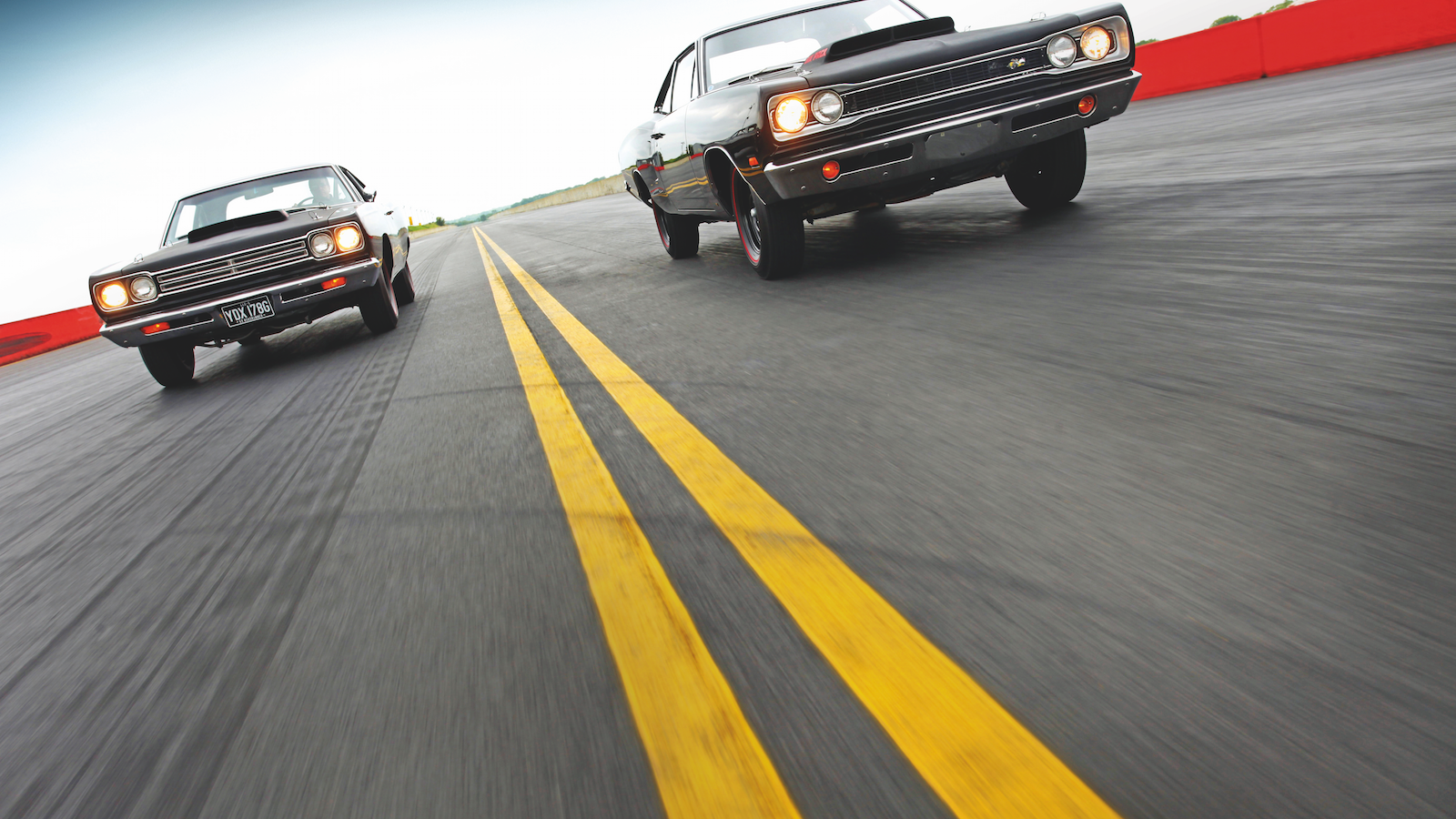 © James Mann/Classic & Sports Car
© James Mann/Classic & Sports Car -
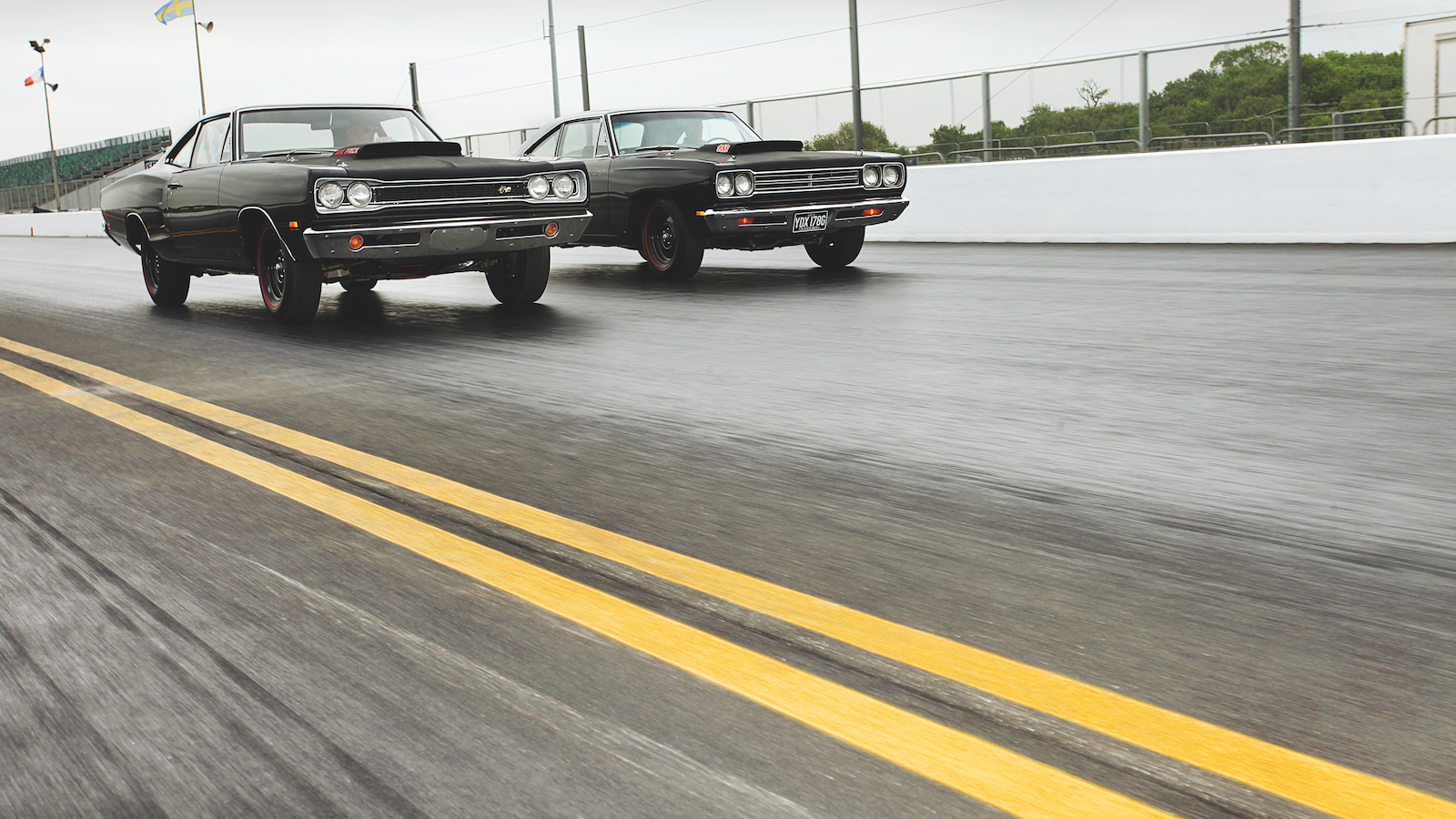 © James Mann/Classic & Sports Car
© James Mann/Classic & Sports Car -
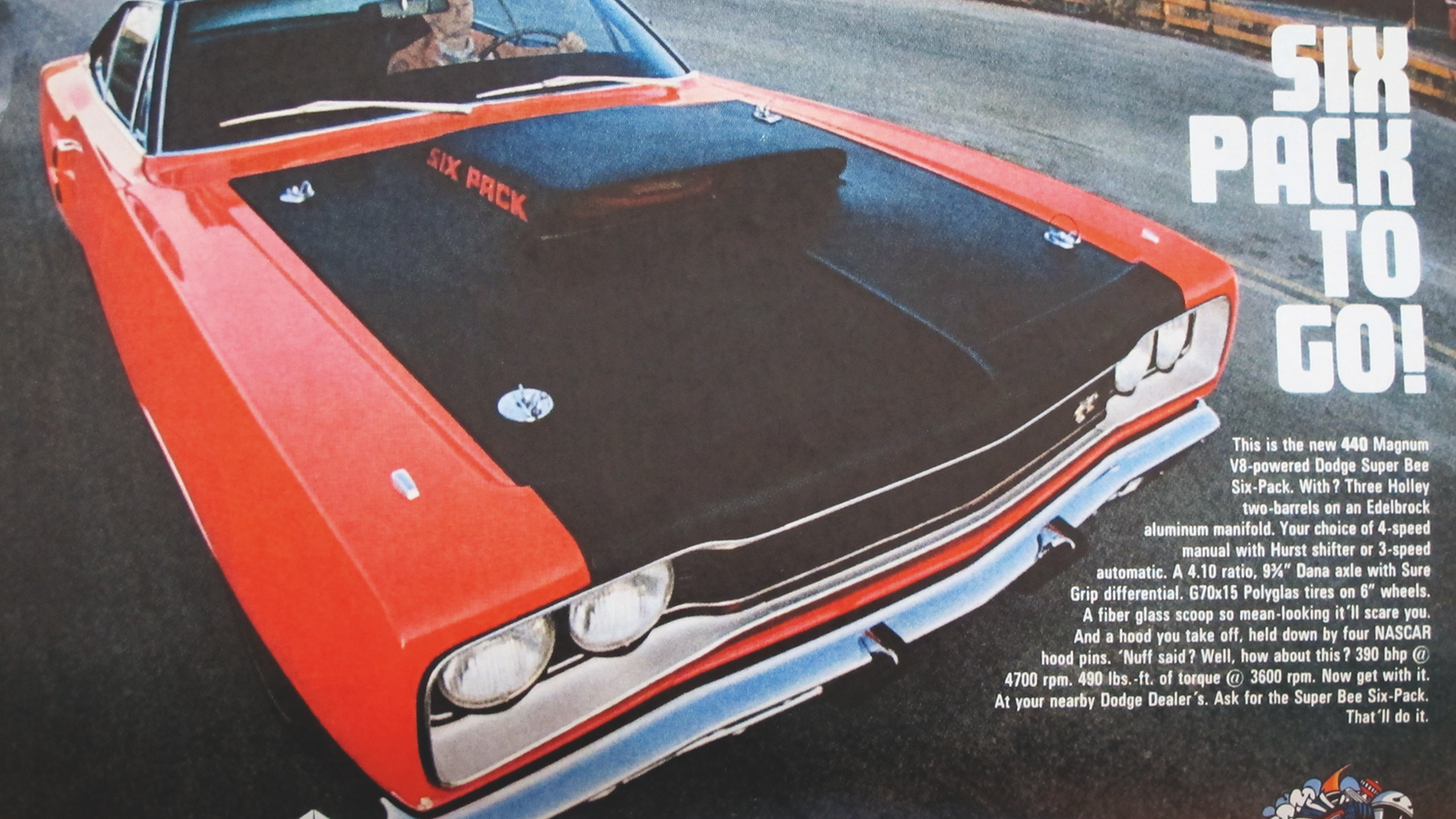 © Chrysler/Classic & Sports Car
© Chrysler/Classic & Sports Car -
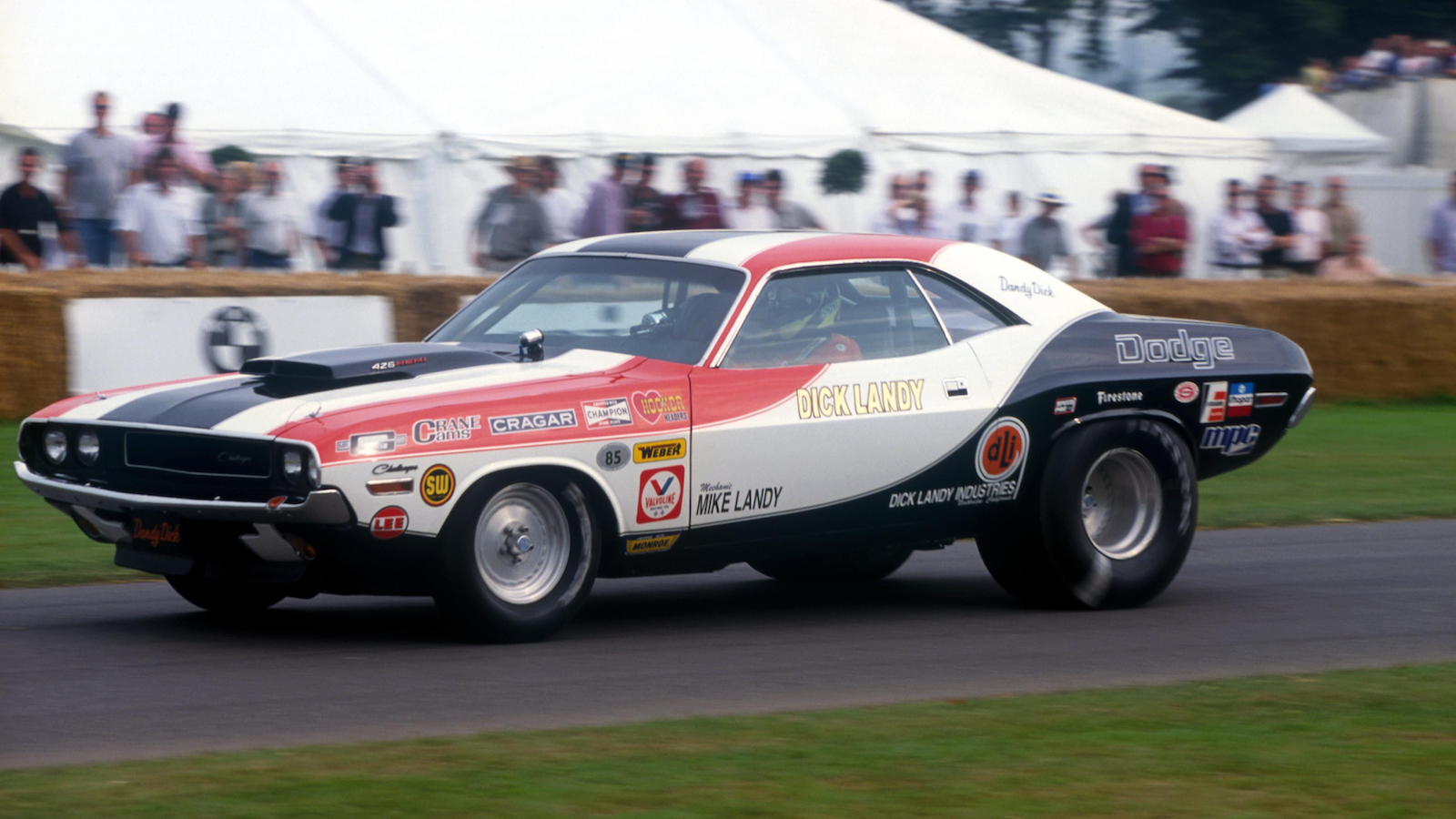 © LAT Photographic
© LAT Photographic -
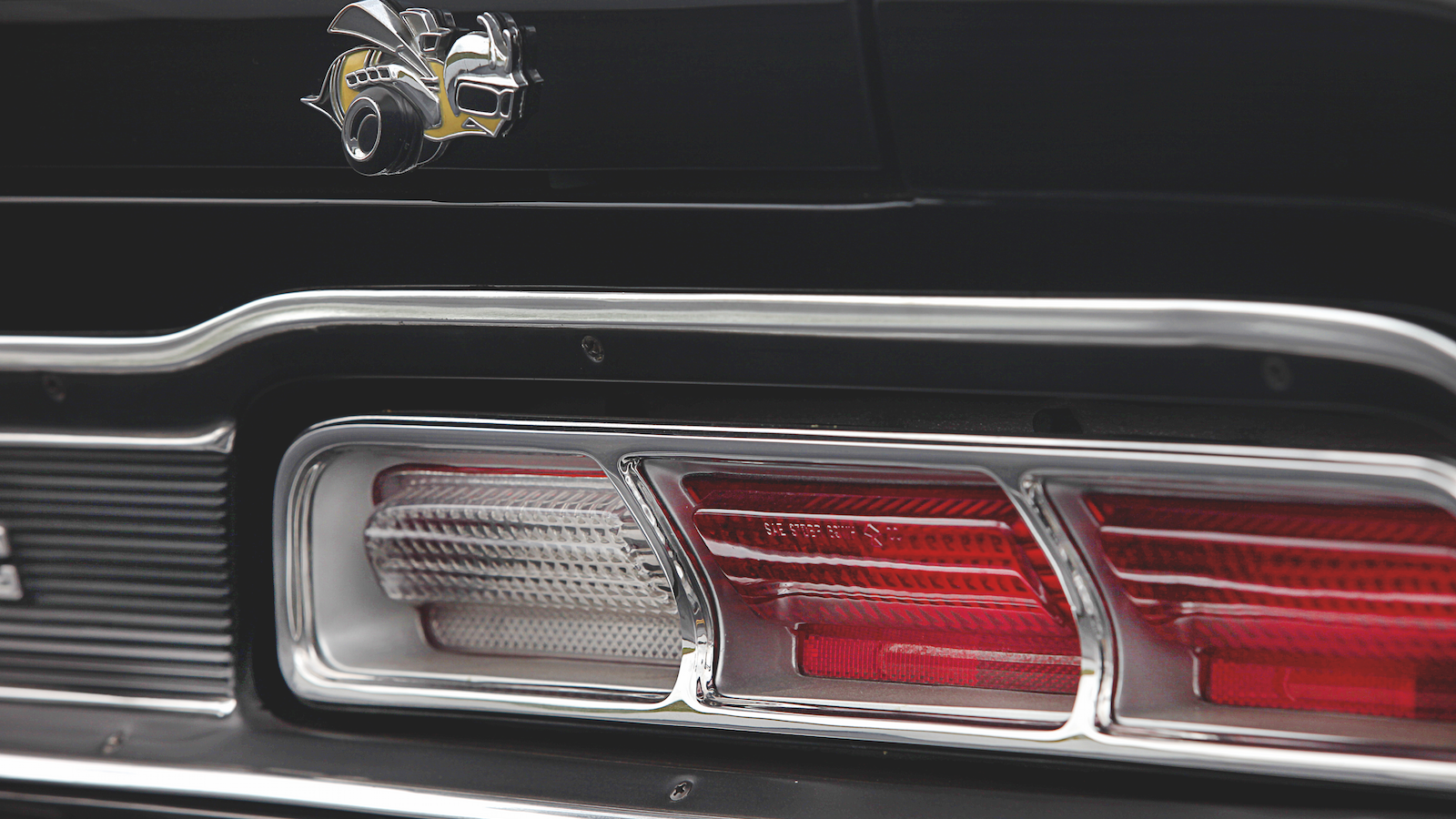 © James Mann/Classic & Sports Car
© James Mann/Classic & Sports Car -
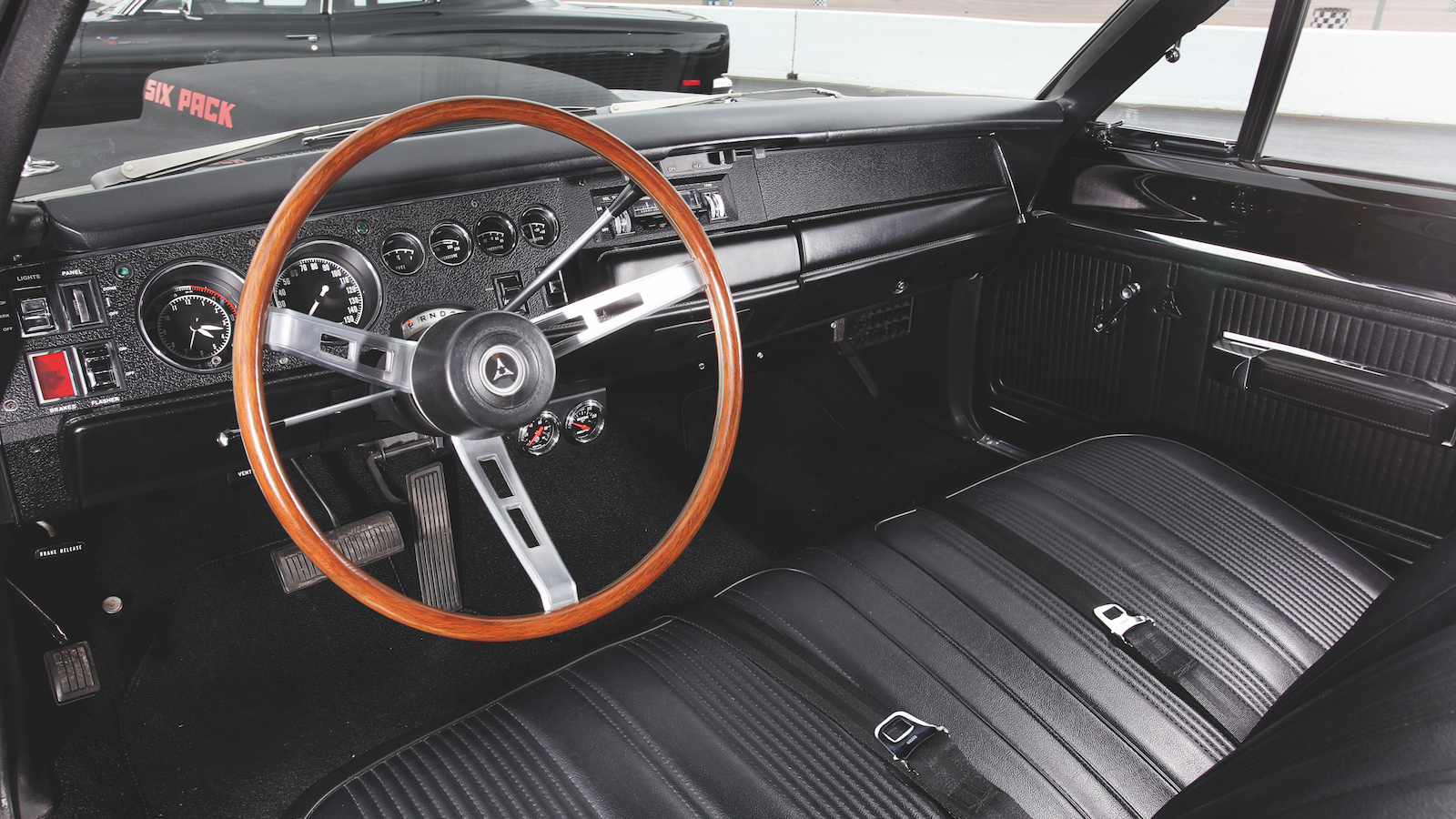 © James Mann/Classic & Sports Car
© James Mann/Classic & Sports Car -
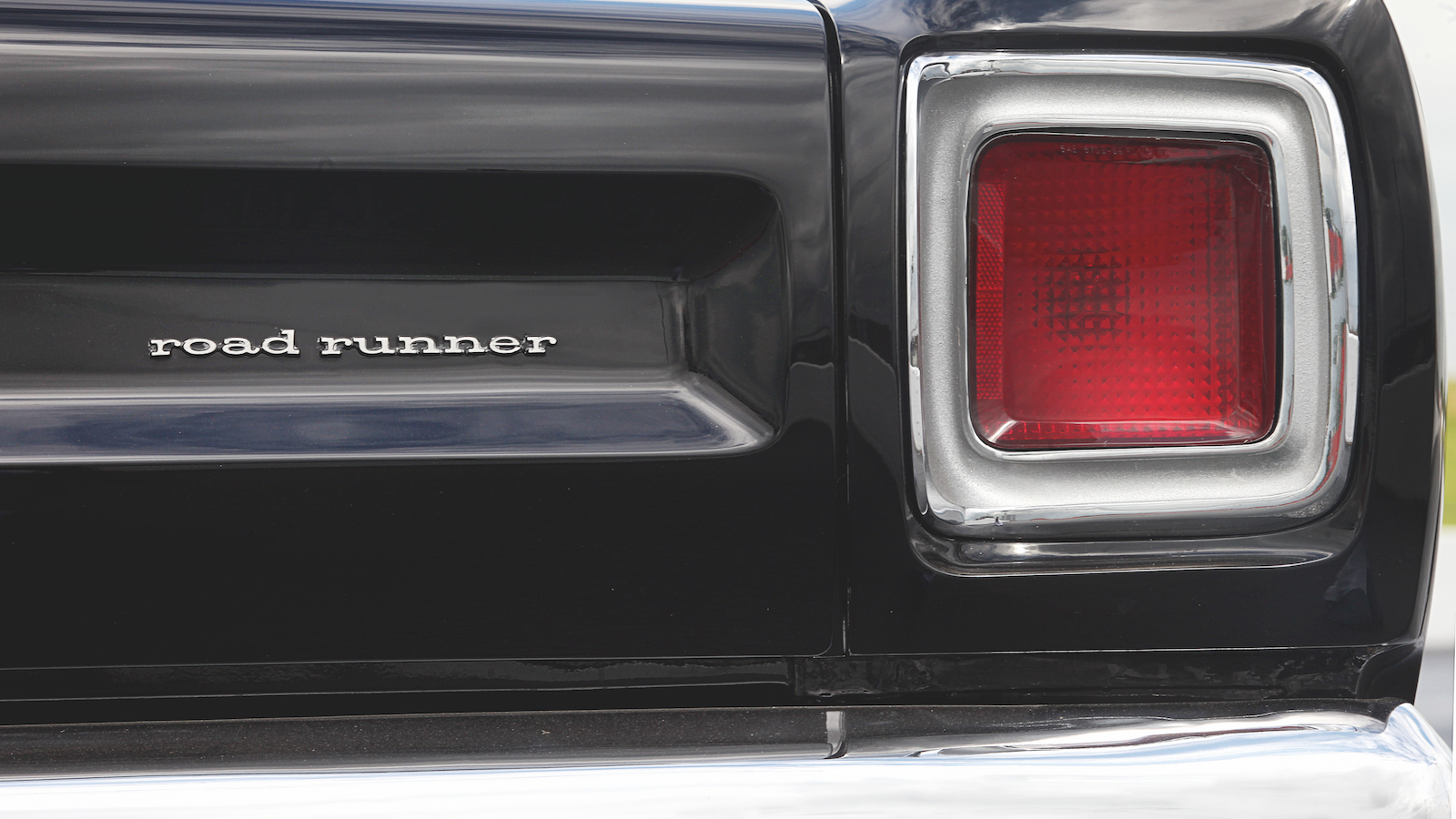 © James Mann/Classic & Sports Car
© James Mann/Classic & Sports Car -
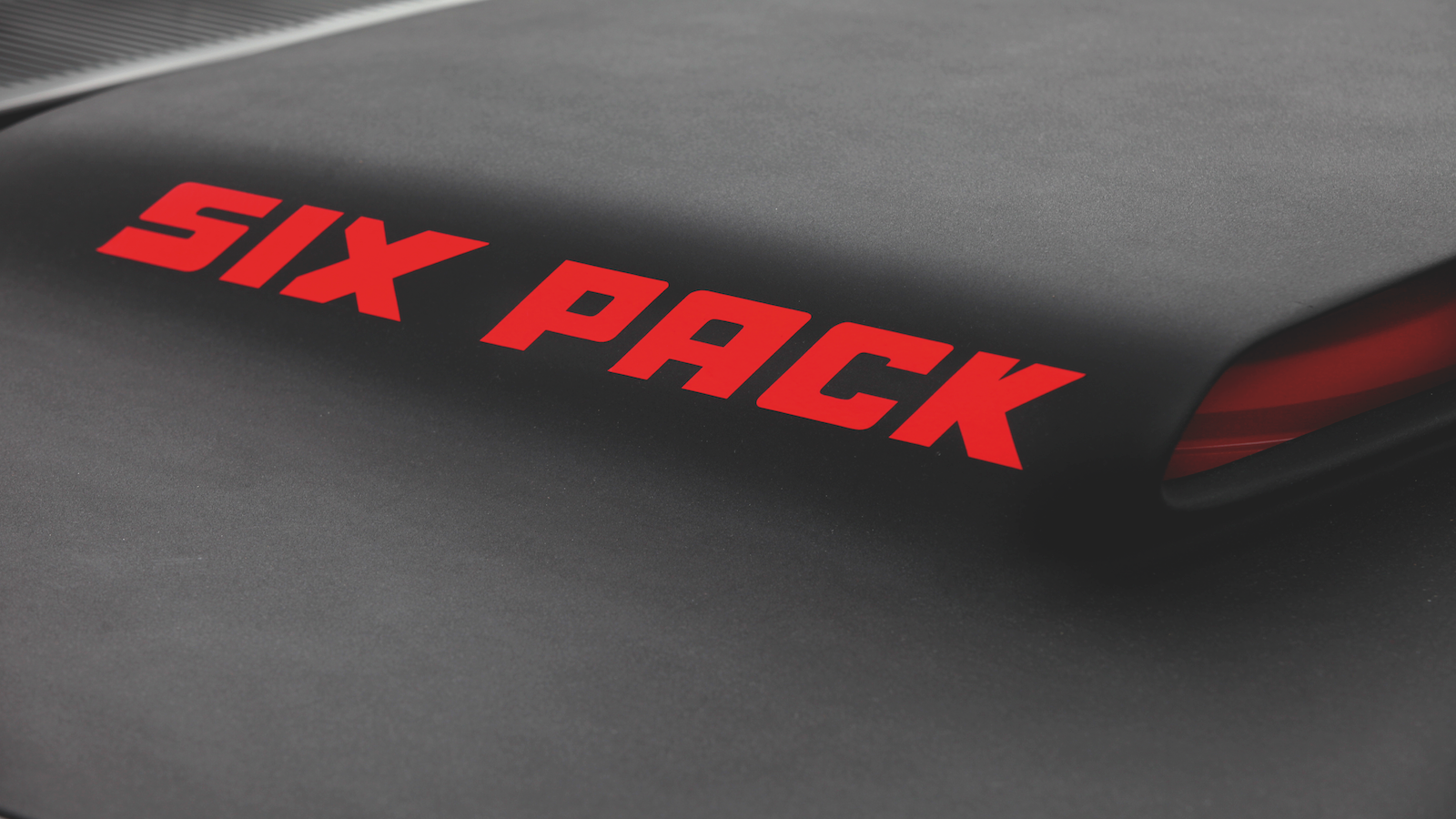 © James Mann/Classic & Sports Car
© James Mann/Classic & Sports Car -
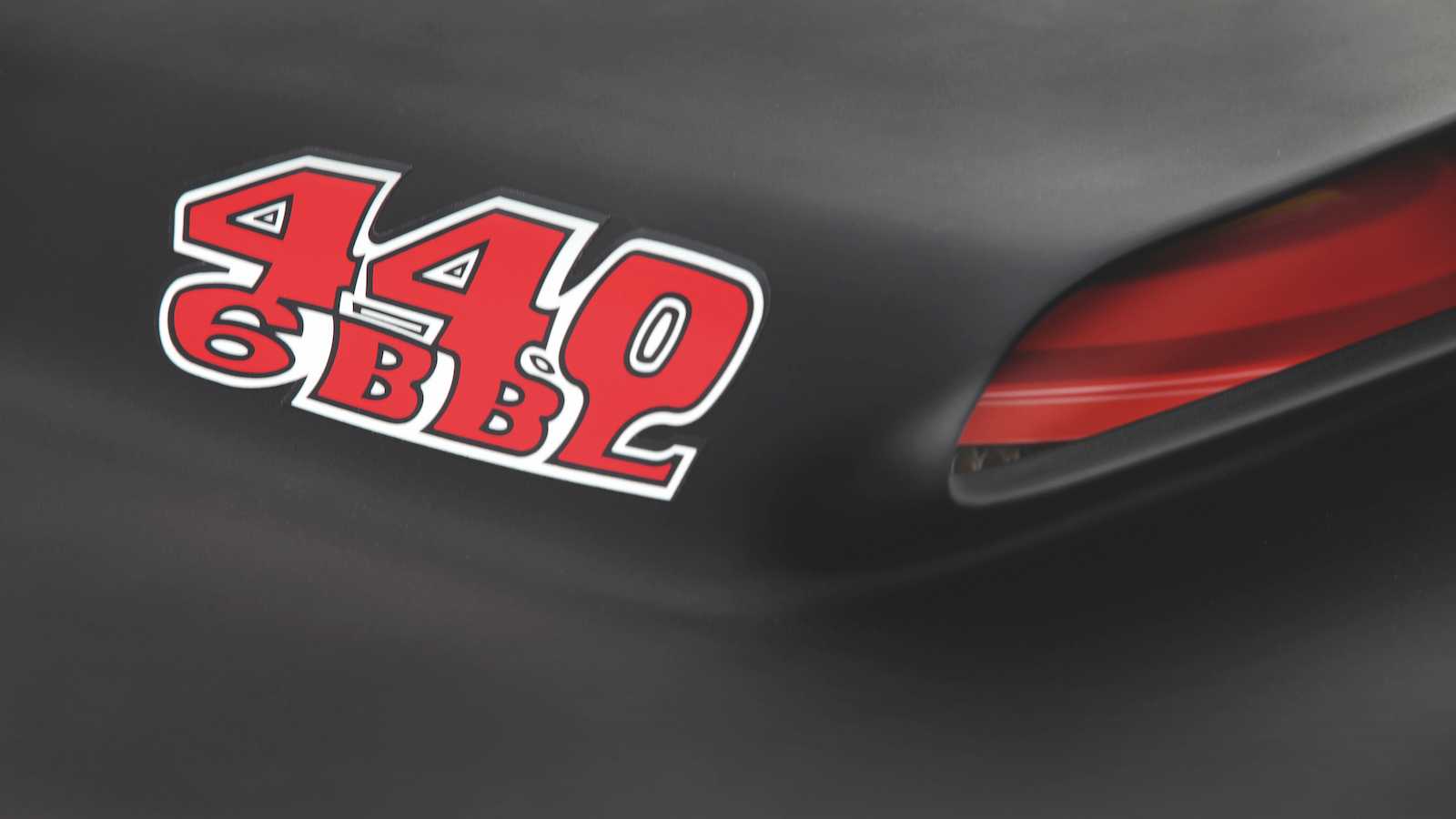 © James Mann/Classic & Sports Car
© James Mann/Classic & Sports Car -
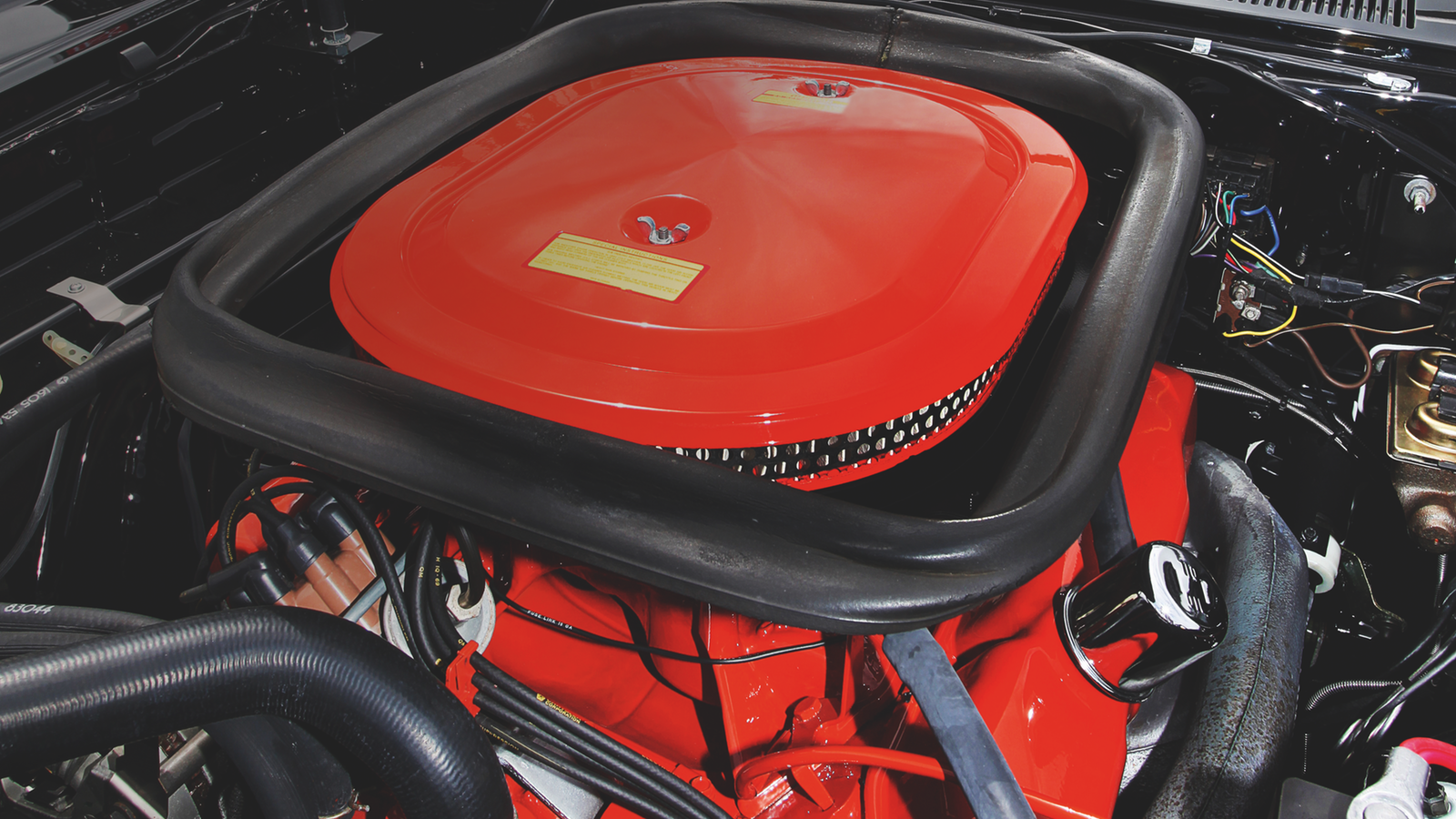 © James Mann/Classic & Sports Car
© James Mann/Classic & Sports Car -
 © James Mann/Classic & Sports Car
© James Mann/Classic & Sports Car -
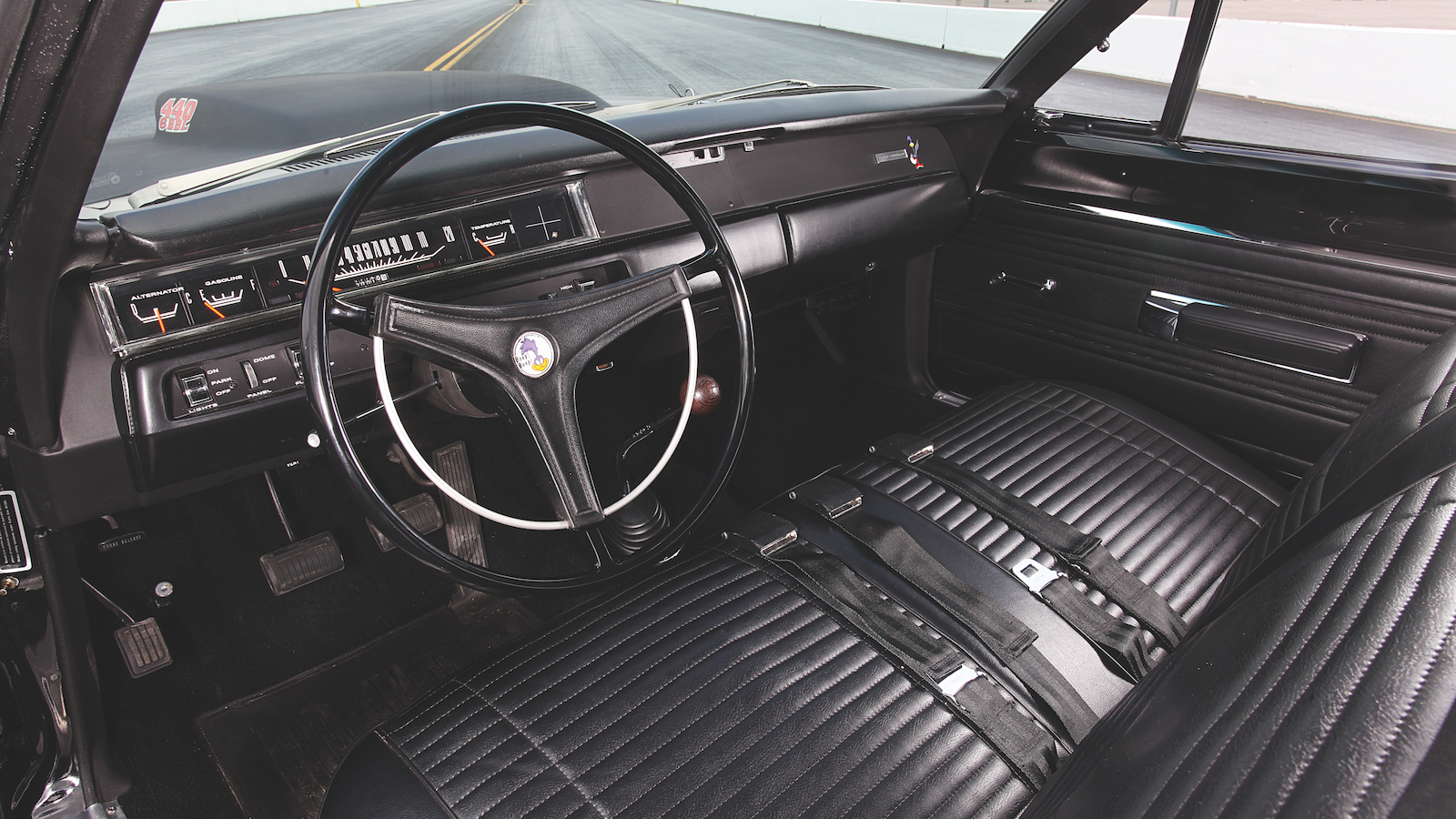 © James Mann/Classic & Sports Car
© James Mann/Classic & Sports Car -
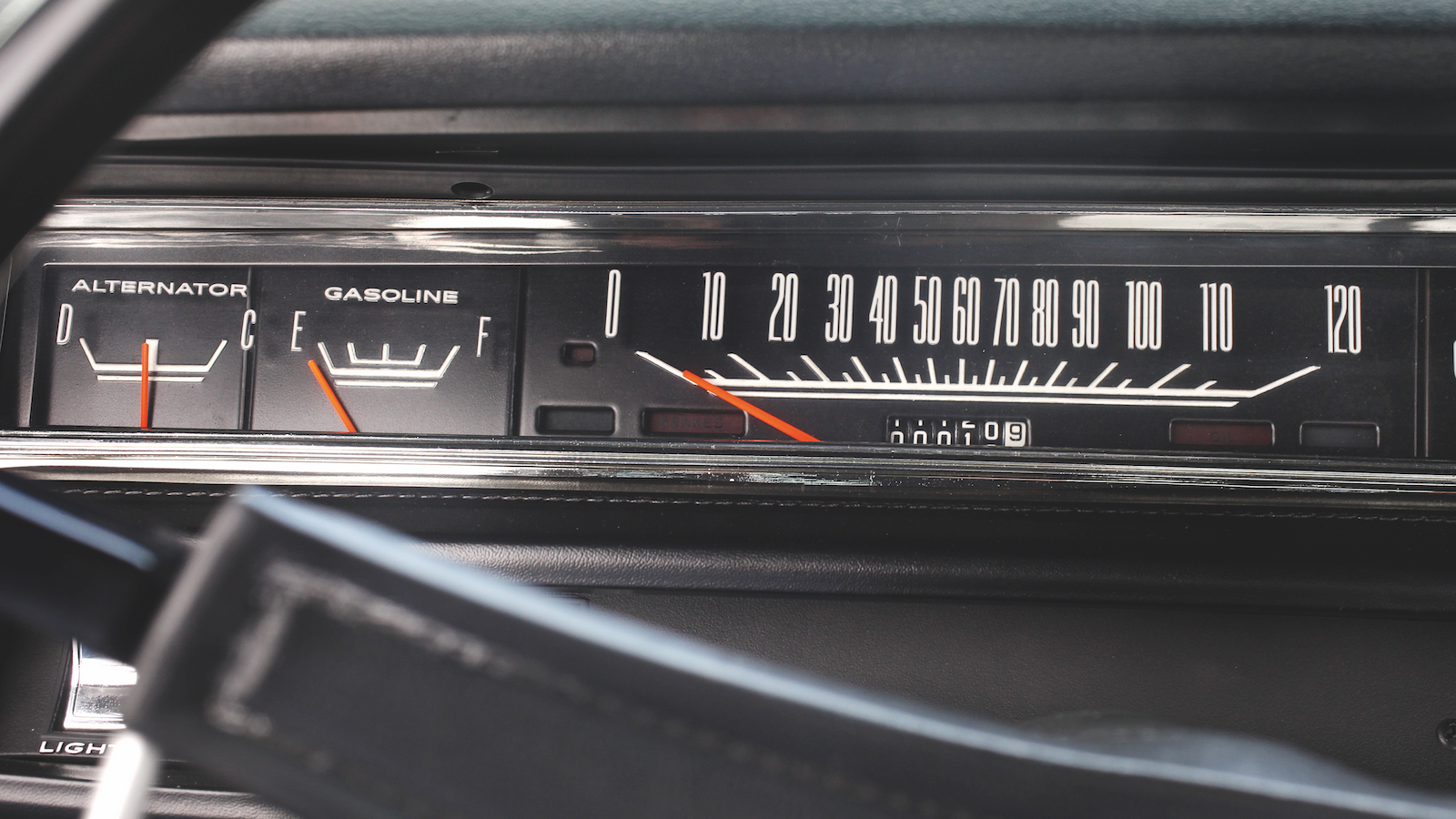 © James Mann/Classic & Sports Car
© James Mann/Classic & Sports Car -
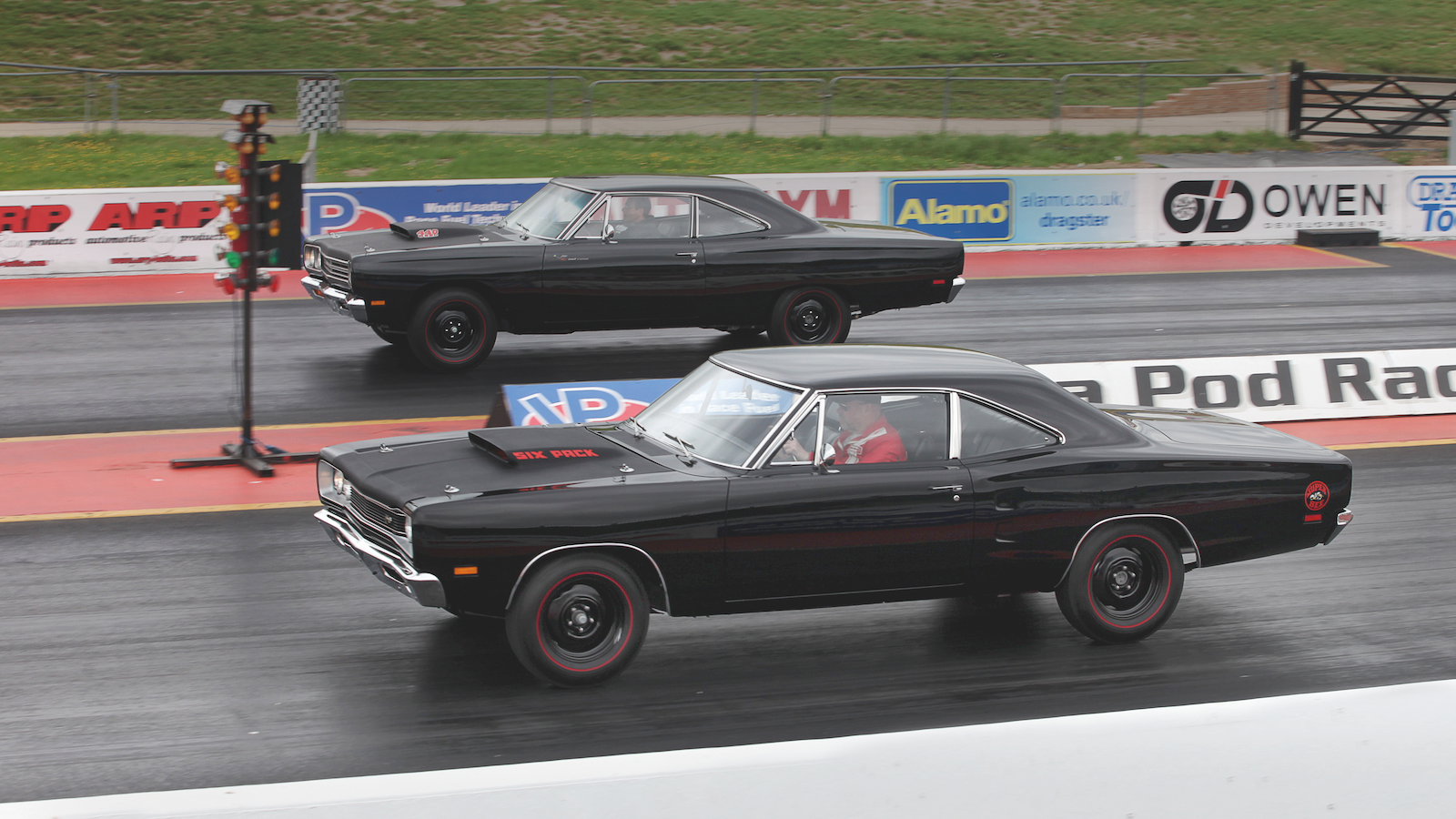 © James Mann/Classic & Sports Car
© James Mann/Classic & Sports Car -
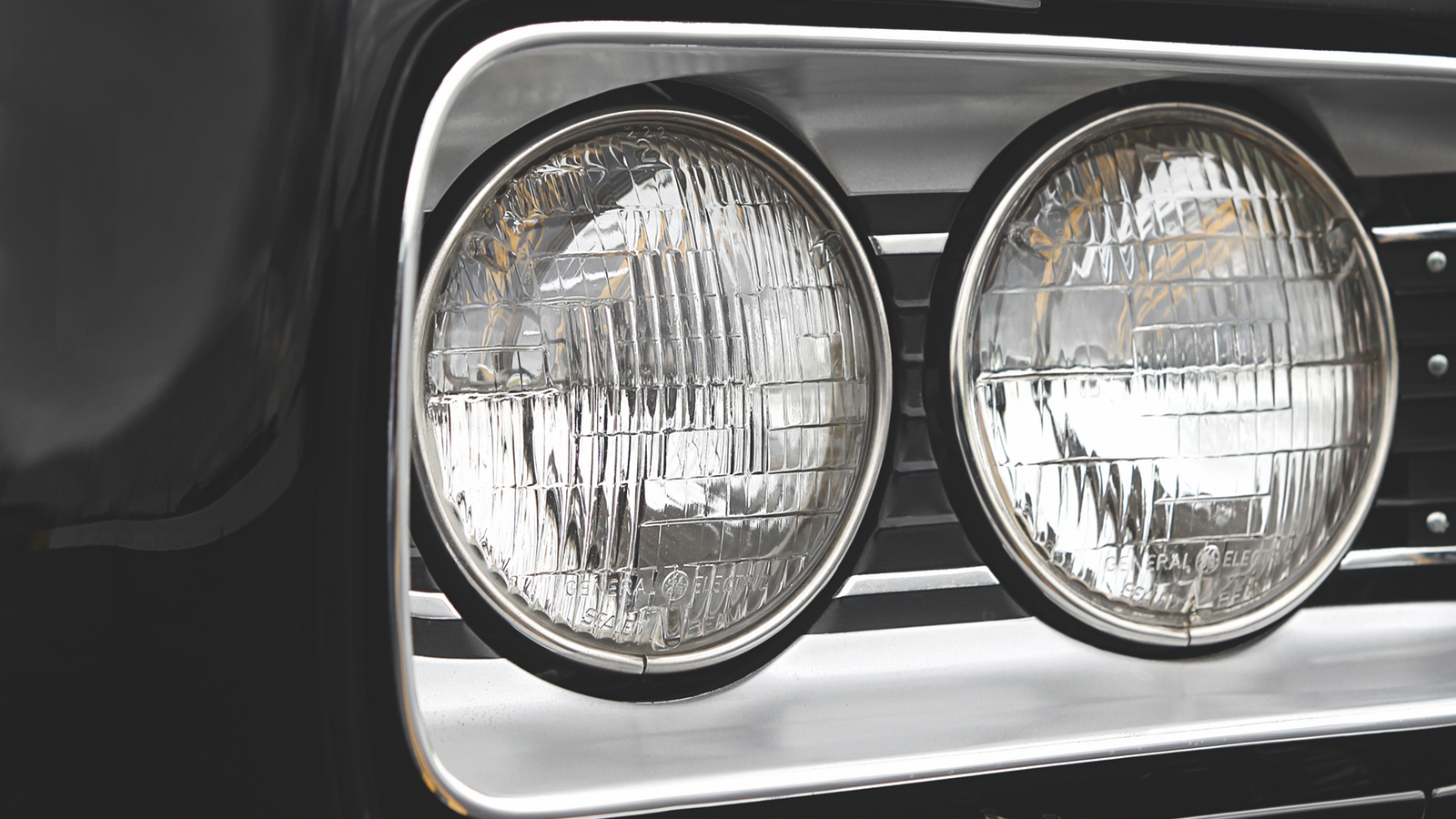 © James Mann/Classic & Sports Car
© James Mann/Classic & Sports Car -
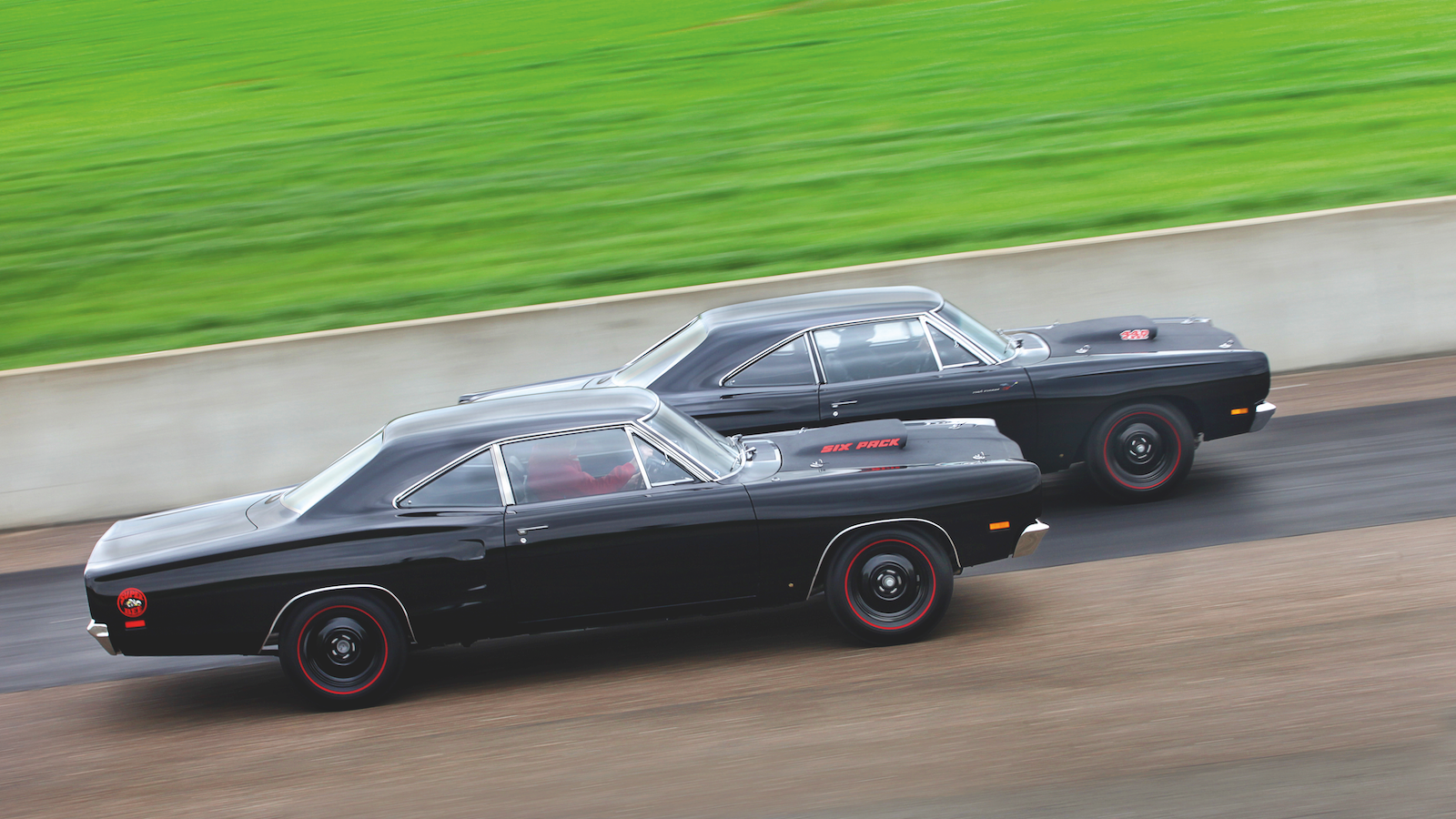 © James Mann/Classic & Sports Car
© James Mann/Classic & Sports Car -
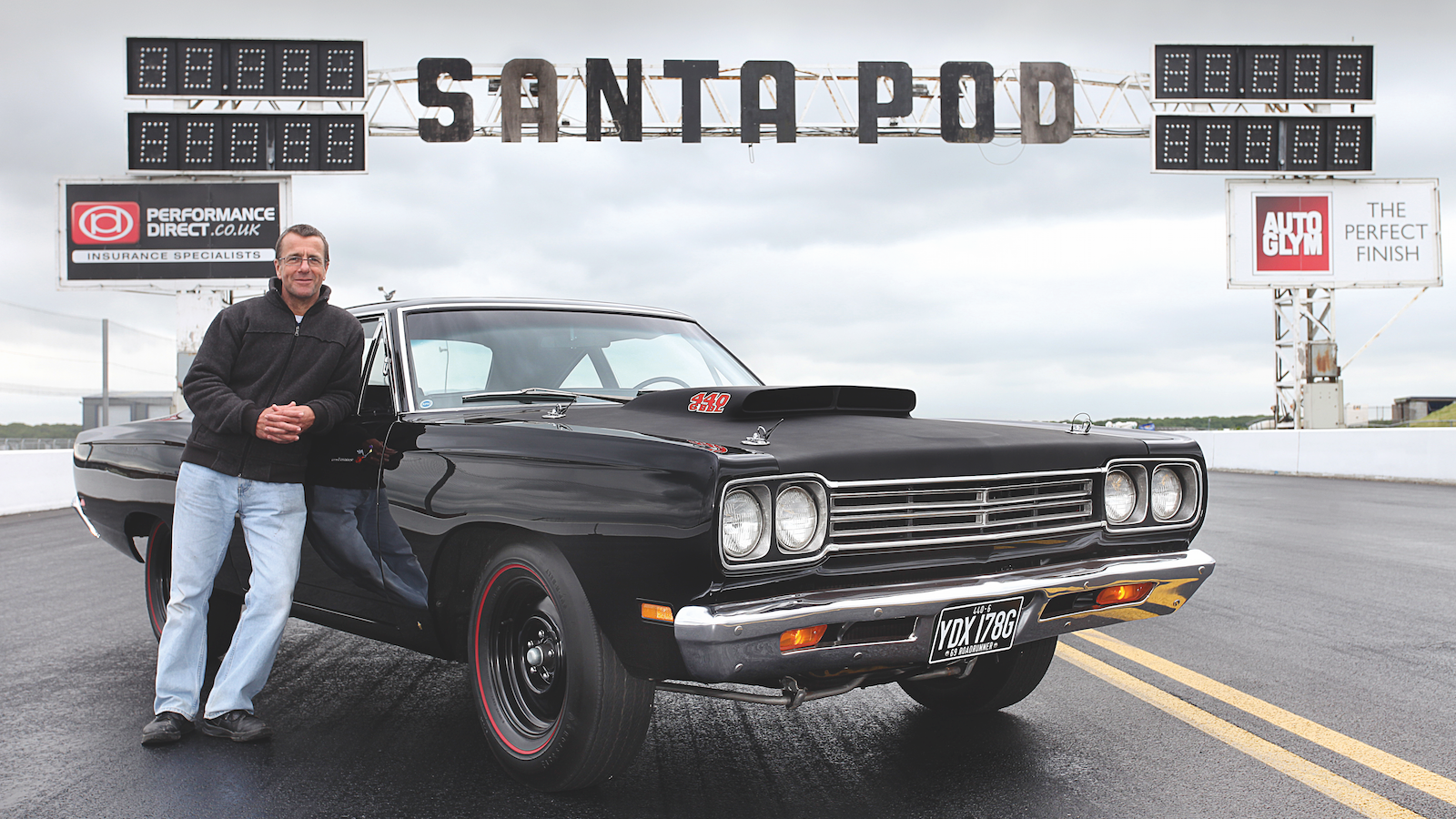 © James Mann/Classic & Sports Car
© James Mann/Classic & Sports Car -
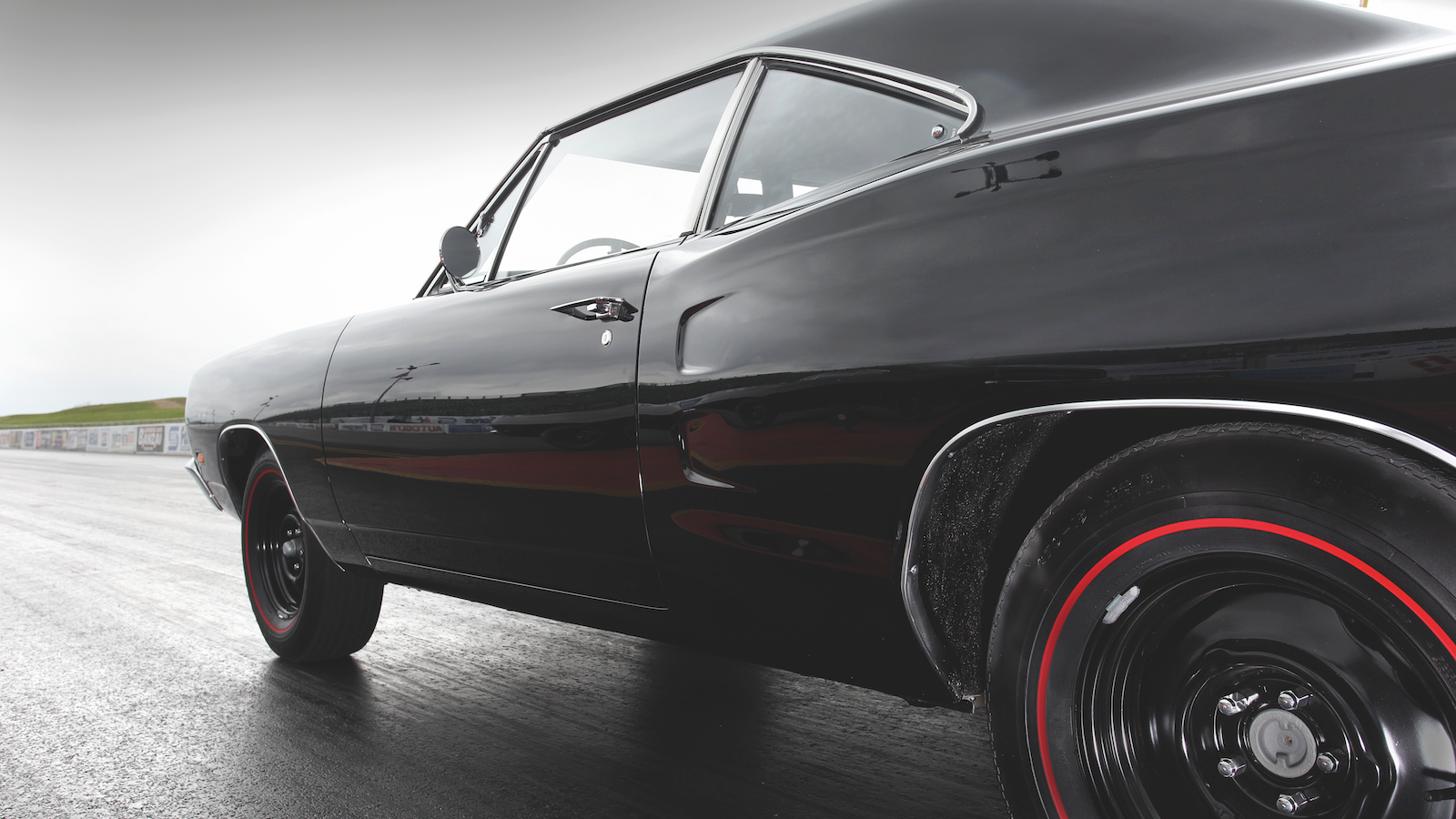 © James Mann/Classic & Sports Car
© James Mann/Classic & Sports Car -
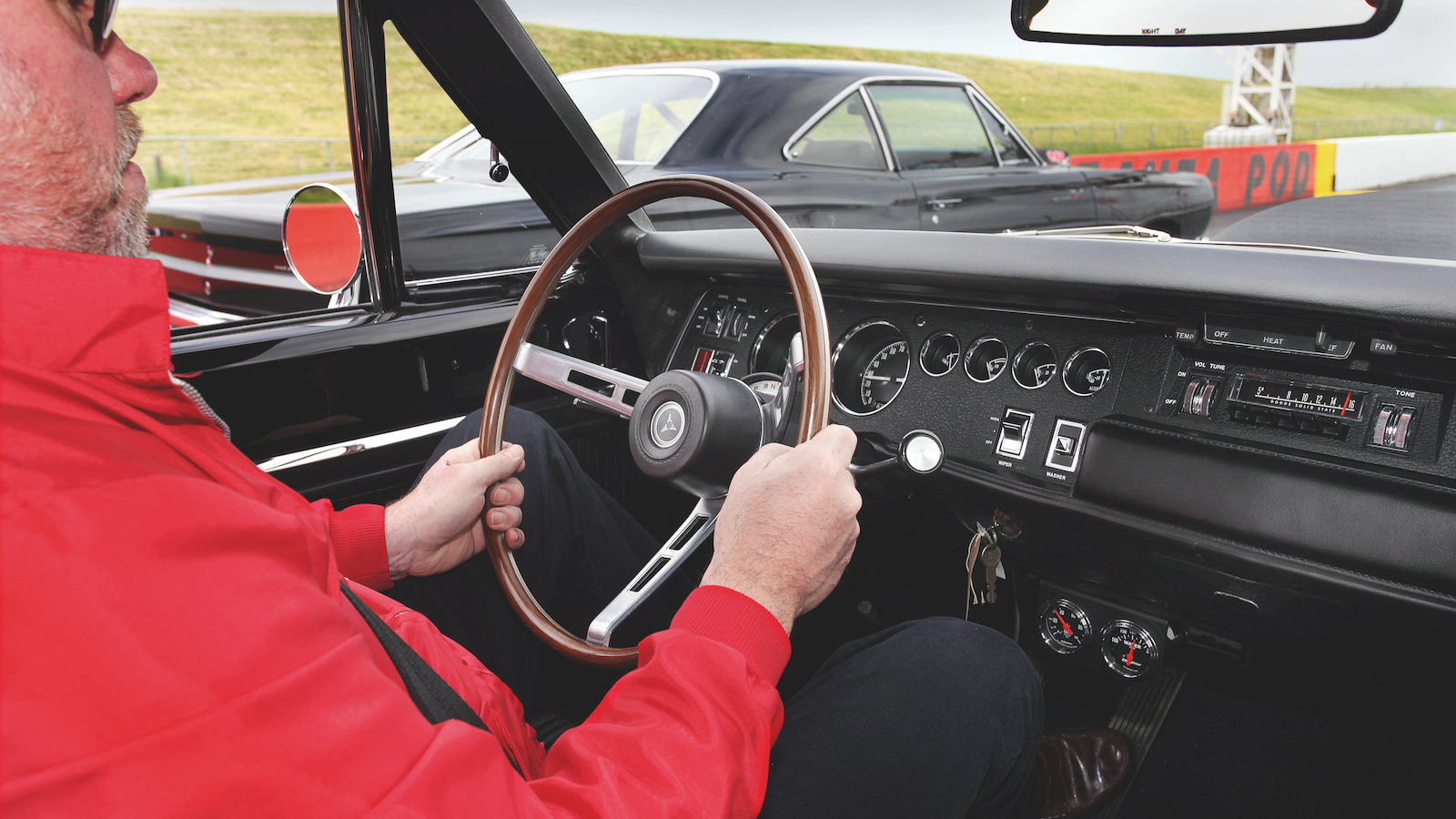 © James Mann/Classic & Sports Car
© James Mann/Classic & Sports Car -
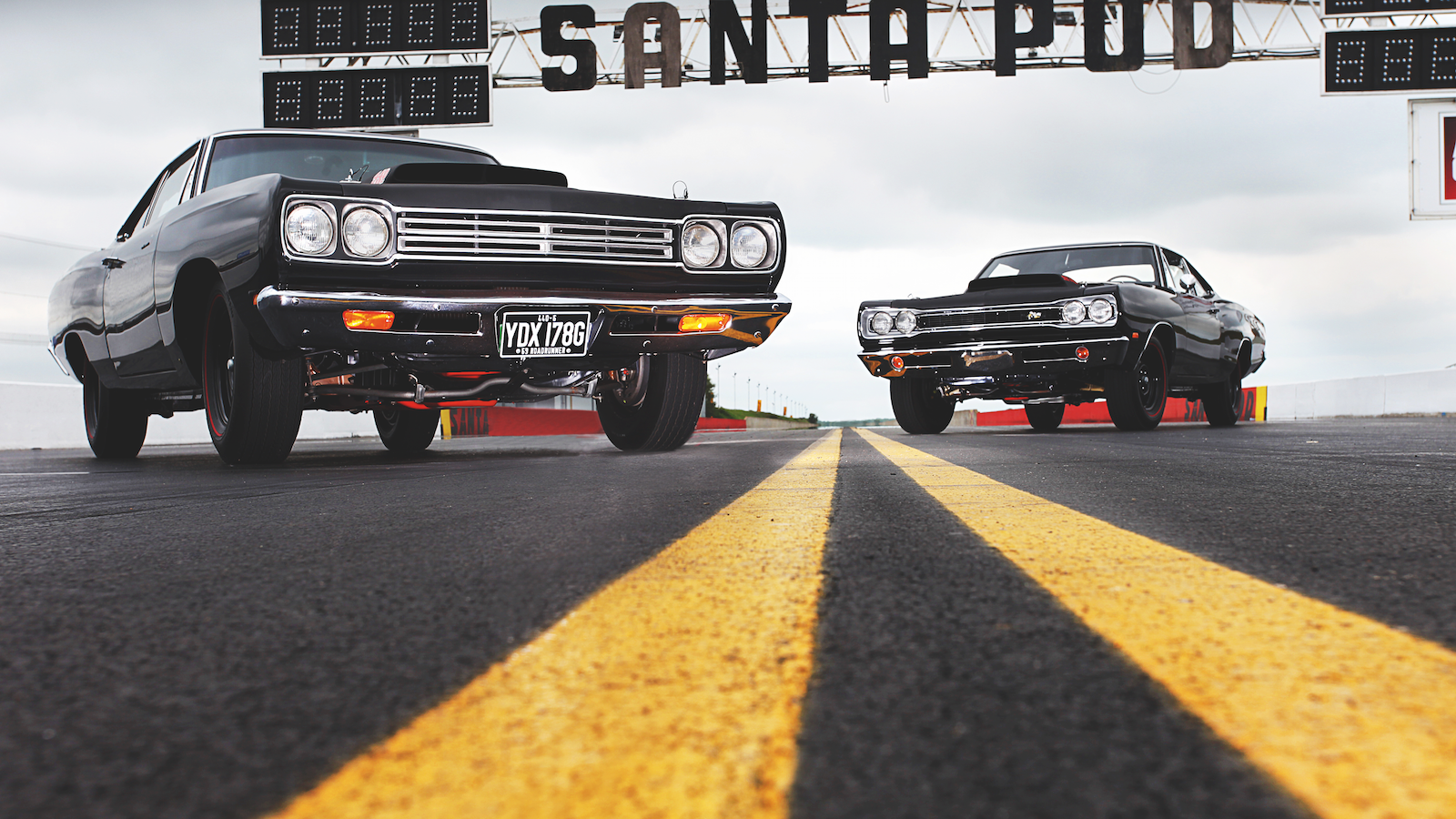 © James Mann/Classic & Sports Car
© James Mann/Classic & Sports Car
-
Hitting the strip in two of the greatest factory drag racers
Leaf through any hot-rodding magazine from the late ’60s and there, between the Coca-Cola and Clearasil ads, you’ll find countless photos of drag strips, from Pomona to Princeton.
The usual suspects dominate the spreads: front-engined rails, Fuel Altereds and Funny Cars. But among them you’d almost always find a shot of two standard-looking sedans sat side-by-side, their drivers focused on the lights.
These were Super Stock machines: factory-built customs that could smoke just about anything off the line – and you could simply walk down to the showroom and buy one.
But what’s their story? Why were they built? And, most importantly, what are they like to drive over a quarter-mile?
-
Stock, not standard
For years, Super Stock was the lifeblood of drag racing – and the rules were simple: if it was available from the factory, you could run it. Limited modifications were allowed – usually to the wheels and exhaust – but the real emphasis was on the manufacturers to build a hot car in the first place.
‘Win on Sunday, sell on Monday’ became the mantra for Detroit’s ‘Big Three’ auto-makers and by the end of the 1950s they were all engaged in a covert war.
-
Asphalt battle
Come the 1960s, this asphalt conflict escalated into what, for many, remains the high-point of the New World’s automotive history – an era when American car-makers happily sold four-wheeled road missiles to the general buying public.
Not that anyone misunderstood the marketing: Detroit’s whole message was about how fast its machinery could go. The ads were even shot at the drag strip, rather than some glossy studio.
-
Quarter-mile classes
To help the cause, factories and dealers invested huge sums into supporting independent teams: fighting the Dodge corner was the cigar-chomping ‘Dandy’ Djck Landy, while Plymouth’s honour was guarded by Ronnie Sox and Buddy Martin.
Both teams toured the US and, between meets, gave talks at dealerships – known as Performance Clinics – to audiences largely made up of speed-hungry kids. Hardly your standard road safety class.
-
Something funny this way comes
But drag racing was changing: by the mid ’60s, experimental Funny Cars with altered wheelbases, tubular chassis and glassfibre shells were the hot new thing. Come 1965, it was only Chrysler – Dodge and Plymouth’s parent company – backing Super Stock. And it would do so until the end of the decade.
It didn’t matter that the new breed of Funny Car was much faster, more dramatic and more popular with fans: for Chrysler Corporation, it was more important that the cars seen at the track could be bought in the showroom.
-
Ready-made racer
Which is why any 17-year-old weekend warrior could walk into a Mopar showroom in 1969, buy either of our pair, drive to the strips and run a 13-second quarter-mile. Or, more likely, wait until dark and compete in a late-night grudge match on a back-road outside of town.
And it was demand for a potent machine that led Chrysler to develop its A12 package – the factory’s all-out drag specification for its ‘B’-body models.
-
Looks can be deceiving
These were based on Dodge’s Coronet line, which included the youth-oriented Super Bee, and Plymouth’s Road Runner – star of its Satellite range and inspired by the Chuck Jones cartoon creation.
Built around the same floorpan, both cars appeared similar and, to the casual observer, the A12 versions looked just like any other of their namesakes – except for the glassfibre hood and central air scoop. But these were no ordinary birds or Bees.
-
One year only
Built in one batch in the spring of 1969, both of our Mopar pair started out as base-spec cars, only to be fitted with a 440cu in V8 known as the Magnum. This punchy powerplant was fed by three carburettors on top of an aluminium inlet manifold, the set-up labelled a Six-Pack on the Dodge and 6 BBL on the Plymouth.
The result? A modest 390bhp at 4700rpm and a whopping 490lb ft of torque at 3200rpm.
-
Squeezing the numbers
Think those figures sound conservative? Serious competitors would have immediately switched out the restrictive, cast-iron exhaust manifold in favour of tubular headers.
Likewise, where the factory set up the middle carburettor to do all the work (the other two only woke up when the accelerator was pounded), racers naturally adjusted all three to run at the same time.
-
Tune up, not down
There was logic behind the engine choice. Chrysler reckoned that a tweaked 440 was some $400 cheaper than a 426cu in Hemi – and far easier to uprate than detuning the smaller-capacity, pure race unit.
And, despite its humbler origins, the Magnum motor revved quite freely, 6200rpm being considered safe on the street – and closer to 7000 once readied for the heat of battle. It proved faster than the Hemi, too.
-
Pared-back for a single purpose
Both models were available in two body styles: hard-top or coupe. The former was marginally lighter and so more popular with serious racers.
Beneath the shell? There were no luxuries such as power steering or brakes – discs weren’t even an option – because the whole package was designed for one thing only: acceleration in a straight-line.
-
No mod-cons
Little effort was made with the interiors, either. A sea of vinyl covered the bench seats and dashboard, while the radio was replaced by a minimal blanking plate.
It was stark to stay the least; the only color other than black or white on the dash? The red of the needles – though the Plymouth did get the Road Runner horn button in the centre of the wheel.
-
Life of attrition
Of the Road Runner A12 variant, only 1412 examples were built – compared to 1907 Super Bees – making them both rare cars in their day. And, thanks to their intended purpose, they’re even rarer today.
Fewer than half of the original number are still accounted for: those that weren’t raced, crashed or butchered sat on sales lots before being salted away into collectors’ garages.
-
Understated rarities
Most were finished in the ‘High Impact’ colours of the era. That both of our Mopar duo – gathered together at Britain’s best-known drag strip, Santa Pod – are black? Quite unusual.
Our Dodge is a veteran of the quarter-mile, an automatic that lived a hard life before its restoration. Less is known about the manual Plymouth, but both have been meticulously rebuilt and presented exactly as they would have been found on the forecourt.
-
Superlative Six-Pack
Car Life once tried a Six-Pack Super Bee auto, posting impressive figures for a heavy car: 0-60mph in 6.3 secs, 0-100mph in 12.5 and the all-important quarter-mile in 13.8 at a terminal speed of 104.2mph – but, with such low gearing, it topped out at only 117mph.
It found the car’s handling ‘superpredictable’ and ‘superresponsive’. The report even said: ‘There is no great transition between initial steering response to the roll cornering attitude and it can be hung on the limit of adhesion and kept there with little trouble.’
-
High-speed hauler
Car and Driver did things a little differently, taking a Six-Pack Super Bee to North Carolina to assess its suitability for carrying moonshine in the summer of ’69.
Cousins Bubba and Lemar were enthralled by the rip-snorting Dodge, the former commenting after a severe workout that: “It’s a man’s right to drive a good car and that’s a good ’un. I could haul a bunch of loads before the Feds got around to figuring out what I was doing.”
-
Set up at Santa Pod
Our testing is a little more sedate, being more for photography than the stopwatch or the ’shine. Martin Savill from Rare Performance Motors (who maintains these brutes) arms himself with the Road Runner, its odometer barely reading 10 miles. This leaves me the Bee.
The folks at Santa Pod have set up the light gantry for us to stage properly and move off the line for the shots. Our first couple of runs aren’t too energetic and we both back off within an eighth of a mile – though Martin’s past as a regular drag-racer is clearly reawakened.
-
Just one more...
But there is something intoxicating about a real-life, fire-breathing muscle car that’s hard to resist and, on hearing “Okay, one last run”, I’m determined to make it count.
The whole procedure of edging forward and tripping the amber lights is pure theatre. It works brilliantly in focussing the mind as the big black Dodge gently rocks, its guttural idle more akin to a motor-launch. Until the green light, that is, when my right foot hits the floorboards.
-
Wild in a straight line
The Bee briefly tightens before letting out a yelp from its rear tyres. The bonnet rises to obscure the horizon and we’re off.
Letting the auto ’box take care of gearchanges, all I have to do is hang on and keep it in a straight line – something that’s more of a challenge in the second eighth as the 3845lb bruiser’s steering becomes surprisingly light and it heads towards the ton. On this occasion, the ‘Dandy’ shuts down Mr Sox.
-
Machine of its era
Dressed in black, these mean machines both appear pretty menacing – and they are ridiculously quick given the lack of engineering sophistication and the fact that they're both based around family haulers.
If you’d survived the draft to Vietnam, an A12 Mopar probably seemed quite safe to thrill-seeking guys in their late teens at the end of the ’60s. Today, these cars wouldn’t make it off the drawing board – let alone past the lawyers. Shame.
